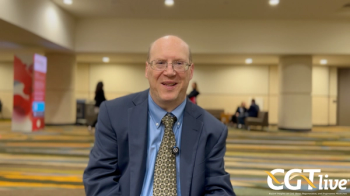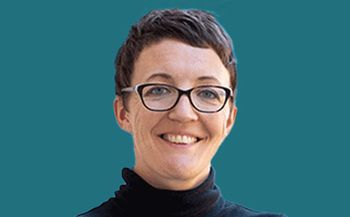
Photodynamic Therapy Used in Nonmelanoma Skin Cancer
BETHESDA, Md--Delta-amino-levulinic acid (ALA), a compound found in cells throughout the body, holds potential as an active drug in photodynamic therapy and could provide an alternative to surgery for patients with basal and squamous cell carcinomas, R. Rox Anderson, MD, said at the General Motors Cancer Research Foundation conference.
BETHESDA, Md--Delta-amino-levulinic acid (ALA), a compound found incells throughout the body, holds potential as an active drug in photodynamictherapy and could provide an alternative to surgery for patients with basaland squamous cell carcinomas, R. Rox Anderson, MD, said at the GeneralMotors Cancer Research Foundation conference.
ALA is currently in advanced clinical testing for use in treating actinickeratosis, a precancerous sun-induced thickening of the skin. "Theseare very superficial lesions, and they are very responsive to ALA,"said Dr. Anderson, associate professor of dermatology, Harvard MedicalSchool.
Initial trials of ALA at Massachusetts General Hospital have also showngood results with skin carcinomas. "We find that for superficial tumors,with two treatments of ALA photodynamic therapy, efficacy is close to 100%,"Dr. Anderson told Oncology News International. "The deeper the tumor,the lower the efficacy." ALA is not seen as a likely treatment formelanoma.
Cutaneous basal and squamous cell carcinomas, which rarely metastasize,are "almost always surgically curable," he noted, "but thecost, disfigurement, and high incidence argue strongly for developing alternativetreatments."
ALA is among a half dozen drugs currently in testing as photodynamicagents in cancer, Dr. Anderson said. Such agents accumulate preferentiallyin certain cells but become active only when exposed to certain wavelengthsof light.
Porfimer sodium (Photofrin), used in the photodynamic treatment of esophagealcancer, is the only such drug approved as a cancer therapy. It is givenintravenously and induces sun intolerance for 6 to 8 weeks. "For dermatology,that's a major problem. We like agents that can be given topically or orally,"he said, noting that ALA can be delivered topically in a cream.
ALA is a precursor of protoporphyrin, a naturally occurring photosensitivecompound in cells. ALA given topically accumulates preferentially in skintumors, epidermis, and hair follicles, all of which synthesize excessiveamounts of protoporphyrin.
Dr. Anderson and his colleagues then use the red and yellow portionsof visible light to kill the skin cancers.
Clinically, one treatment using 630 nanometers of red light, given 3to 24 hours after applying 20% ALA, eradicates about 60% of basal celland squamous cell carcinomas.
Alternative to Surgery
"We have shown that the low efficacy is due to a combination offailure of the tumor to express protoporphyrin synthesis and insufficientALA delivery," he said. However, he added, for basal cell and squamouscell carcinomas less than 2 mm thick, efficacy appears to be almost 100%after two treatments, and cosmetic appearance is excellent.
In Dr. Anderson's view, ALA is a viable alternative to surgery for twogroups of cancer patients--those with superficial skin carcinomas and peopleprone to multiple skin cancers as a result of immunosuppression, radiationexposure, or genetic disorders.
But, he said, "for photodynamic therapy to become a preferred skincancer treatment, we still need reliable ways to deliver both ALA and adequatelight exposure deeply, at low cost."
Newsletter
Stay at the forefront of cutting-edge science with CGT—your direct line to expert insights, breakthrough data, and real-time coverage of the latest advancements in cell and gene therapy.

















































